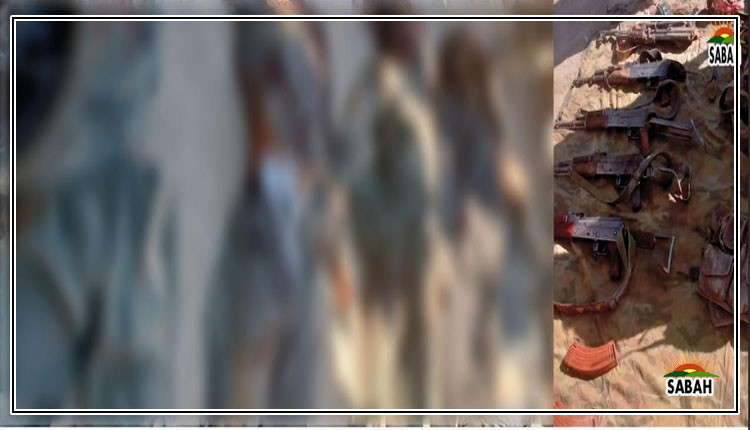Let technology save the tax system…Ammar Habib Khan
An anaemic tax-to-GDP ratio is a reality that is reiterated time and again. Similarly, a distorted taxation structure that is regressive, and heavily penalizes the most vulnerable segments of society is also a reality. However, practical solutions that address this within the contours of political economy and retool the taxation structure are rare.
In a recent publication, the countrys tax authority acknowledged that real growth in tax collection over the last eight years has even lagged behind real GDP growth. Any growth in tax collection has largely been driven by inflation, and any new collection records set are illusory given the expansion of the monetary base. After adjusting for GDP growth, real tax collection since 2018 has actually been negative, signifying that as the size of the economy grew, the tax net actually contracted, despite record collection in nominal terms. Such acknowledgment of this lays the foundation for structural changes that are required to expand the tax net, rather than mimic expansion of the monetary base to pat oneself on the back.
A review of the same publication also demonstrates that those within the top one percentile of income have the biggest gap in terms of tax collected. Due to underreporting of income, most that ought to fall within the top one percentile can avoid being in the tax bracket and hence can continue evasion of taxes. Currency in circulation relative to money supply continues to hover in the range of 25 per cent, much higher than the region largely signifying a fairly large cash-based economy, which exists to underreport incomes and minimize tax incidence.
Due to such a lopsided structure, certain individuals (salaried), and industries operating in the formal space have to bear the brunt of all taxes, while a large chunk of high-income individuals and households can avoid taxes while operating within an informal cash-based economy.
Cash is a drag on an economy, and that effectively also restricts the accumulation of formal capital that can result in growth in industrial, or export-oriented output. Constraining oneself to a cash-based economy has long-term negative implications for the economy at large which have been at play over the last six years, given flat, to negative per capita income levels.
Over the last five years, there has been significant improvement in technology that can be leveraged to estimate with a fairly high degree of confidence the income and wealth of an individual, family, or even a household. It is possible to estimate the income of a business by assessing its value chain and identifying areas where leakages may occur. Disaggregating the value chain, it can be seen that 86 per cent of manufacturers are unregistered in terms of sales tax, while 75 per cent of wholesalers and 92 per cent of retailers are unregistered.
Although all importers are registered, they largely sell to unregistered manufacturers and wholesalers, which results in leakages. It ought to be mandated that any sales done by either importer needs to be done to registered intermediaries only, whether they are manufacturers or wholesalers against a registered bank account and through a bank transfer. Any violation can result in penalties. Similarly, any sales done by manufacturers also need to be done exclusively through registered bank accounts, such that the incidence of cash in the first two to three layers of the value chain can be completely eliminated.
The current practice is that the manufacturer takes the brunt of any potential taxes that need to be paid by intermediaries, and either eats in its margins or passes on a price increase to its consumers. Such a structure makes tax collection regressive and can be deemed as inflationary. To avoid the same, it remains essential that sales are only done against transfers to actual buyers, against registered bank accounts. The technology to capture the same already exists. Any violation of such an activity needs to be made prohibitively expensive, whether through penalties or through lack of access to merchandise, such that intermediaries within a value chain are forced to work in a formal environment.
There exists a strong need to accelerate the transition towards digital invoices. In the first phase, through which transactions are tracked between the manufacturer (or importer), and the subsequent two layers of intermediaries, all transactions must be conducted with digital invoices. Through a digital invoice, the transaction amount and relevant tax can directly be linked with a centralized database, and enable assessment of transactions and potential income through available data.
The technology and the necessary framework for this already exists and it can be accelerated by enabling market participants, that can be licensed by the tax authorities, to develop the technology infrastructure further and embed financial products on top of the same. Considering the sheer volume of intermediaries and transactions, space must be opened up for other market participants through a distributed model, rather than constraining its growth through a centralized tax-authority-driven model for growth. An instrument like a digital invoice not only reduces the friction of cash, but also makes intermediaries bankable since such an invoice can potentially be used for invoice factoring, and accelerate access to finance.
The tax authority identified in a recent publication that there is a significant gap between the taxes that are collected and that which ought to be collected, particularly in the cement and textile sectors. Such discrepancies exist in many other sectors, often those that are plagued with smuggled goods. Closing such a gap requires a mix of physical enforcement measures, as well as analytics, that can enable assessment of how much economic activity has been generated through an input-output framework.
As an illustrative example, we can consider an example of a mid-sized manufacturer of confectionery goods. Such a manufacturer would buy wheat, sugar, and cooking oil, among other raw materials as major inputs. The same manufacturer will also be utilizing energy, whether that is electricity (through the grid, or off-grid), or gas to process the raw material, and process that into confectionery goods.
If the procurement of raw materials is exclusively done through bank accounts and digital invoices, it will be possible to precisely estimate input costs. Similarly, energy consumption data can also provide a fair estimate with a certain degree of confidence for output generated for different industries.
Through such a structure, it can be possible to estimate the real economic activity a business is generating and tax that accordingly. This would require significant analytical work to be done for various industries, and sub-industries, which would need to be updated regularly. The development of its capacity, concurrent with technology for tracking payments and invoices, would remain critical in documenting the economy across the value chain.
There exists a silver lining here, and the same can be materialized through a mix of technology, analytical, and enforcement measures. Enforcement without technology or analytics would be misdirected while technology and analytics without enforcement would be a waste of resources.
The writer is an assistant professor of practice at the School of Business Studies, IBA, Karachi.
Courtesy The News












